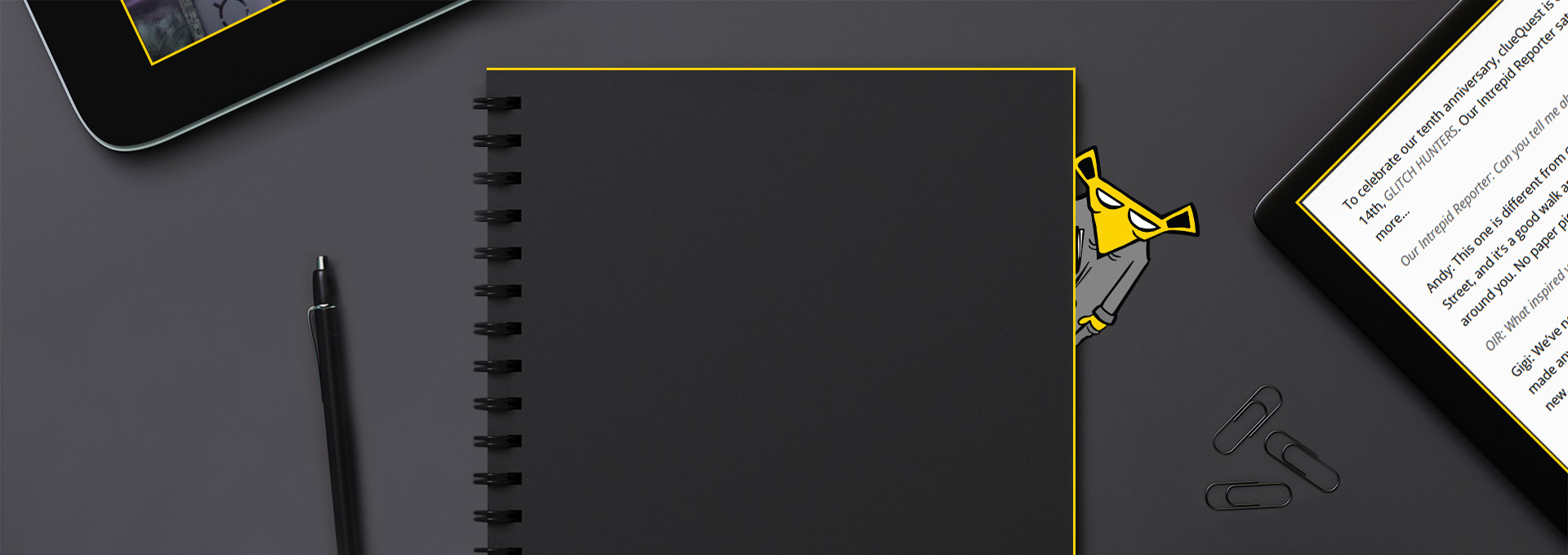Have a Theme
Choosing a theme for your self-created theme room is a great first step. Themes could be something like:
- You are a criminal and trying to make a jail break
- You’re locked in the bank safe at work
- You are a detective/spy investigating a suspect's home
- You are in a haunted house.
Any theme can become an escape room. Use your imagination and see where it takes you.
Collect Locks and Locking Boxes
The basic premise behind an escape room is to find the clues to unlock boxes, which contain other clues to eventually escape. Put together a collection of:
- Money lock boxes
- Bags with a lock on the zipper
- Filing Cabinets
- Bike Locks and Chains
- Padlocks
- Old cell phone with a pin code
The more variaty you have the less repetitive the game will be.
Design Puzzles for Your Escape Room
Puzzles are an essential component for an escape room. If you can solve the puzzle you can find the key or code that unlocks something that holds yet another puzzle.
Puzzles can be very simple to solve or very complex. They can be riddles or math problems that give you the combination to a lockbox code or the number for which key on the wall, with 19 other keys, will unlock the door.
Other puzzles that are great are ciphers. Substitute a number or a symbol for a letter. You can also use certain letters on certain pages of a book that eventually make a word. The key here is not to make these so complex that they are impossible to solve.
Hidden messages can be fun, as well. You can even give verbal puzzles via a computer. The options are limitless with making escape room puzzles.
If you are creating a complex escape room, you will want to have clues available so that your players don’t get frustrated and give up.
Clues can be distributed any number of ways:
- You can have someone in the room that hands a player a clue if they ask
- You can have a set timer that allows players to get a clue if time runs out
- Have them text a team leader
- Calling someone on Facetime
- Have a computer or tablet with a Skype account
Theme Music
Some escape rooms include theme music. While some people find the music distracting, others feel that it helps set the mood and intensity of the room. For those who want to get really creative, you can add music that gives players a required clue.
Good Hiding Places
The best part about escape rooms is find the next puzzle or clue. Some good hiding places for puzzles and clues include:
- The top of a fan blade
- A specific page in a book
- Behind a picture frame
- Bottom of your shower
- Outside a window
- In a candy jar
After you have all these plans in place, it’s time to put it into action. The idea is to have fun with your friends or family. If everyone is stressed out and arguing, you have failed your mission. Keep it semi-simple, but a little challenging. Also, don’t overthink it. The more gadgets and tech you can have in your room the better. Once you get through your first escape room, chances are you will be hooked and ready to design the next one.
Check out our print @ home escape mission Stolen IQ.


